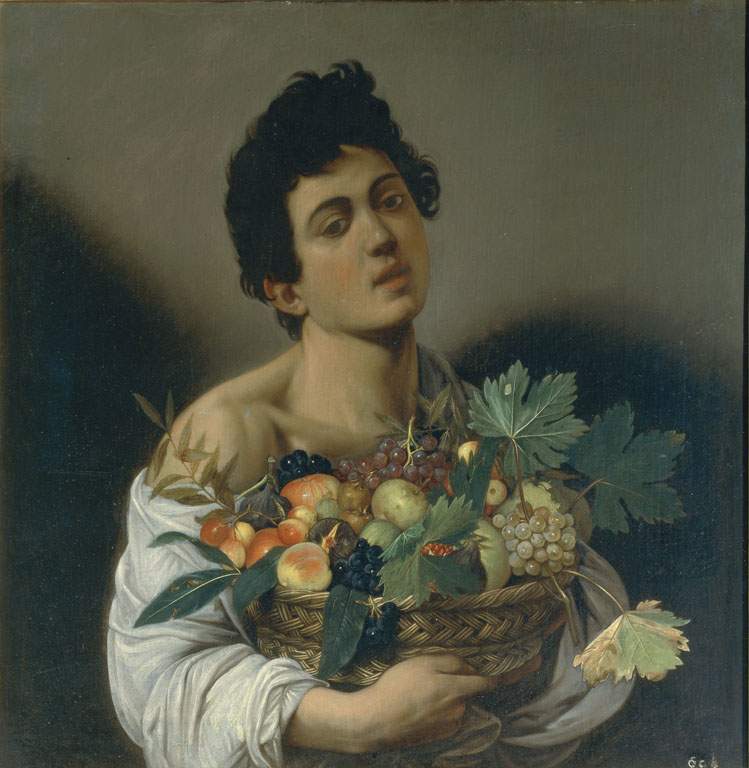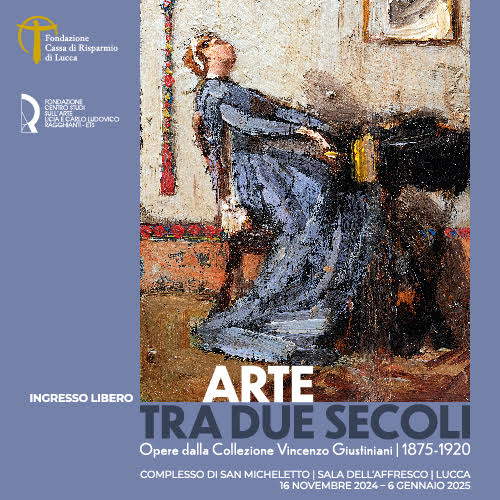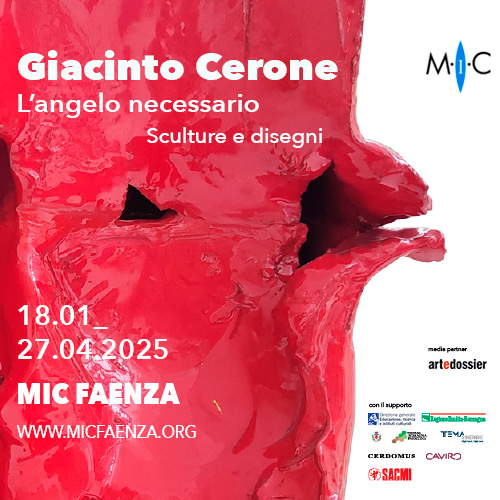Caravaggio, at Borghese remove glass from Young Man with fruit bowl
Away with the glass from one of Caravaggio’s most iconic masterpieces, the Young Man with a Basket of Fruit, a work that Michelangelo Merisi (Milan, 1571 - Porto Ercole, 1610) painted shortly after his arrival in Rome (probably around 1596-1597 according to the latest proposal, formulated by art historian Alessandro Zuccari, after it was long thought to be a work from 1592-1594). The painting, which has been shown without the glass since yesterday, August 24, was part of Scipione Borghese’s collection, which it entered in 1607: it was part of the 107 works seized that year from Cavalier d’Arpino, Caravaggio’s master, who was accused of illegal possession of firearms and, after his arrest, was forced to surrender his collection to the Camera apostolica. Pope Paul V, born Camillo Borghese, donated the collection to his nephew Scipione, who was thus able to replenish his astonishing collection (which was often expanded by similar methods).
The decision to remove the glass, to allow the visitor a more direct relationship with the work, was made by the Gallery’s director, Francesca Cappelletti, who wanted in this way to break down the barrier between painting and viewer. “A choice on the side of the viewer, with no more confinement or separation,” she told Corriere, “also in line with the physical reappropriation of the museum after the months of closure. The glass moreover had no reason to stay, it was there out of inertia, and of the six Caravaggio paintings it was the only one. No conservation reason. So off it went. Now this unveiled view really allows us to admire all the painter’s mastery down to the details, which are extraordinary.” And in September perhaps another work will also lose its glass: Raphael’s Lady with Unicorn. In this case, however, technicians will have to evaluate: since it is a canvas applied on a panel, it presents greater conservation problems than Caravaggio’s painting. But if there are no obstacles, even Raphael will be shown without glass to visitors to the Roman museum.
The Young Man with a Basket of Fruit will probably be lowered to the observer’s eye level (now in fact it is in a rather elevated position). This would not, Cappelletti explained, be contrary to the museum’s history. “The Borghese,” he said, “is a particular museum and we certainly cannot eliminate its history. ”However, I think it is possible to assume the lowering, at least a little, of some paintings."
Image: Caravaggio, Young Man with a Basket of Fruit (1596-1597; oil on canvas, 70 x 67 cm; Rome, Galleria Borghese)
 |
| Caravaggio, at Borghese remove glass from Young Man with fruit bowl |
Warning: the translation into English of the original Italian article was created using automatic tools. We undertake to review all articles, but we do not guarantee the total absence of inaccuracies in the translation due to the program. You can find the original by clicking on the ITA button. If you find any mistake,please contact us.





























